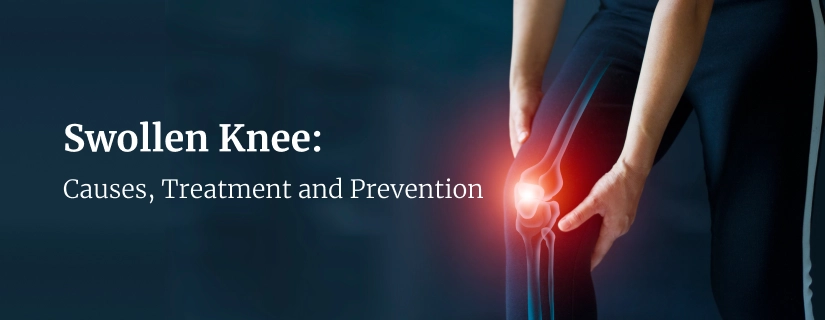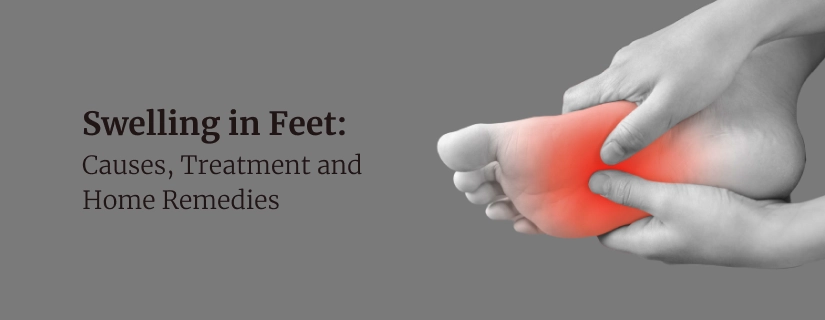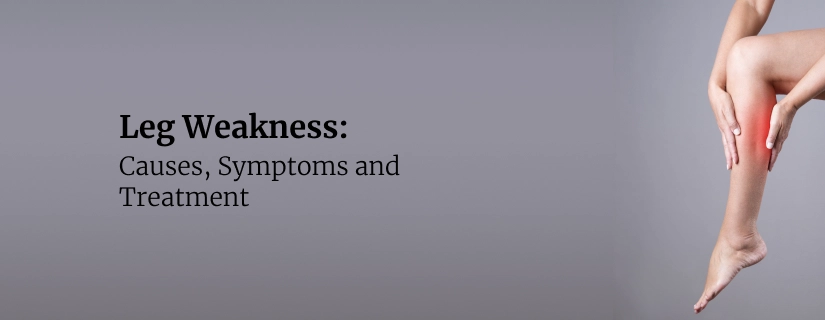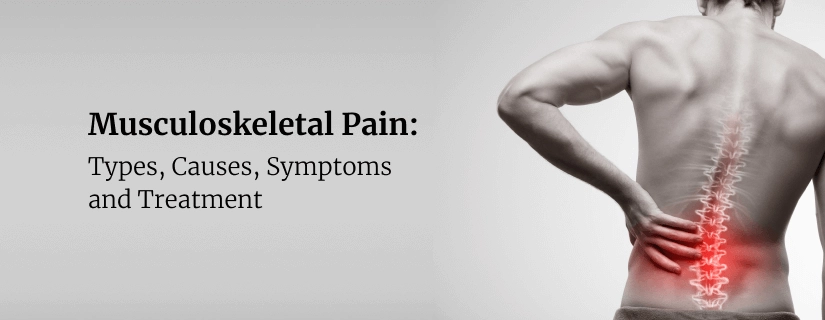-
Doctors
-
Specialities & Treatments
Centre of Excellence
Specialties
Treatments and Procedures
Hospitals & Directions HyderabadCARE Hospitals, Banjara Hills CARE Outpatient Centre, Banjara Hills CARE Hospitals, HITEC City CARE Hospitals, Nampally Gurunanak CARE Hospitals, Musheerabad CARE Hospitals Outpatient Centre, HITEC City CARE Hospitals, Malakpet
HyderabadCARE Hospitals, Banjara Hills CARE Outpatient Centre, Banjara Hills CARE Hospitals, HITEC City CARE Hospitals, Nampally Gurunanak CARE Hospitals, Musheerabad CARE Hospitals Outpatient Centre, HITEC City CARE Hospitals, Malakpet Raipur
Raipur
 Bhubaneswar
Bhubaneswar Visakhapatnam
Visakhapatnam
 Nagpur
Nagpur
 Indore
Indore
 Chh. Sambhajinagar
Chh. SambhajinagarClinics & Medical Centers
Book an AppointmentContact Us
Online Lab Reports
Book an Appointment
Consult Super-Specialist Doctors at CARE Hospitals
Shoulder Blade Pain: Symptoms, Causes, Diagnosis and Treatment
Updated on 10 May 2024
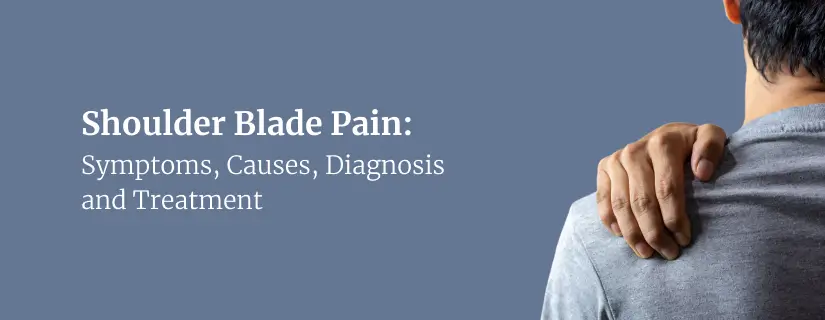
Shoulder blade pain is a medical condition that can significantly impact your everyday activities and quality of life. Shoulder blade pain, also known as scapular pain, specifies discomfort or pain in the area between the shoulder blades on the upper back. People often ignore this discomfort as a minor issue or a result of overexertion. Sometimes you may experience shoulder blade ache left side and confuse it with any heart condition. However, the truth behind shoulder blade pain is much more complicated and needs a deeper understanding. This blog aims to shed light on the hidden reasons of shoulder blade pain, guiding you through its symptoms, diagnosis, and treatment options.
Symptoms of Shoulder Blade Pain
Experiencing pain in the vicinity of your shoulder blade can manifest in various ways, each indicating a potential underlying issue. This discomfort may present itself as a sharp, stabbing sensation or a dull ache that lingers, disrupting your routine. Generally, people describe a feeling of soreness that intensifies with movements such as reaching or twisting. Additionally, you might notice an uncomfortable tightness around the area, making it difficult to perform tasks that were once effortless. Sometimes, you may feel that your shoulder blade is swollen.
Other unsettling symptoms can occasionally accompany the onset of shoulder blade pain. For instance, a numbness or tingling sensation extending down the arm may occur, suggesting nerve involvement. The pain might radiate towards the chest or neck in some cases, indicating a broader issue extending beyond the shoulder blade. It's also possible to experience difficulty breathing deeply due to the discomfort, a symptom that should never be ignored.
These additional signs are crucial in piecing together the puzzle of your condition and guiding the diagnostic process.
Understanding the nuances of your shoulder blade pain is vital, as it can vary significantly from person to person. Some might find that their pain worsens at night, disrupting sleep and leading to further health implications. Others may notice that specific positions or activities trigger the discomfort, providing clues to the underlying cause. Paying close attention to these symptoms and their patterns can offer valuable insights, helping doctors tailor a more effective treatment plan for your unique situation.
Causes of Shoulder Blade Pain
The origins of shoulder blade pain vary as the symptoms range from simple strains to more complex medical conditions, such as:
- Muscle strain from overuse or sudden, awkward movements. This type of injury can lead to inflammation and soreness, making everyday activities challenging.
- Conditions such as a rotator cuff tear or bursitis can also manifest as pain in the shoulder blade area, resulting from wear and tear or repetitive movements.
- More serious conditions like a herniated disc in the neck can press on nerves that extend to the shoulders, causing pain that radiates to the shoulder blade.
- Certain systemic conditions like arthritis or fibromyalgia might present shoulder blade pain as one of their many symptoms, highlighting the importance of a comprehensive medical evaluation.
- In some cases, issues unrelated to the musculoskeletal system, such as gallbladder disease or even heart conditions, can manifest as pain in this area, underscoring the complexity of diagnosing shoulder blade discomfort.
- Factors such as age, activity level, and overall health can influence the likelihood of certain conditions. For example, older individuals might be more prone to arthritis-related pain, while younger, active individuals might experience muscle strain or injury issues. Paying attention to the onset, duration, and nature of your pain can provide valuable clues in the diagnosis and a targeted approach to treatment.
Diagnosis
The journey to diagnosing shoulder blade pain begins with a thorough medical history and a meticulous physical examination:
- Medical history: Your doctor will explore the specifics of your discomfort, including its onset, intensity, and any activities or positions that exacerbate the pain.
- Physical examination: A physical assessment allows the doctor to analyse the range of motion, muscle strength, swollen shoulder blade and tenderness in the affected area, providing initial clues to the underlying cause. This assessment is crucial in determining the next steps in the diagnostic process and ensuring a targeted approach to uncovering the root of your discomfort.
- Additional imaging: Doctors may perform further tests to understand your condition comprehensively. Imaging studies such as X-rays, MRIs, or CT scans can offer detailed views of the bones, muscles, and other structures around the shoulder blade, revealing any abnormalities or injuries.
- Nerve functioning tests: Doctors may sometimes conduct nerve conduction studies or electromyography (EMG) to evaluate nerve function, particularly if nerve involvement is suspected. These diagnostic tools help pinpoint the exact cause of your pain, laying the groundwork for an effective treatment plan.
- Your healthcare provider may also consider your overall health and any related conditions during the diagnostic process. For instance, if you have a history of heart disease or gallbladder issues, further investigations may be warranted to rule out these conditions as the source of your pain.
- This holistic approach ensures that all potential causes are explored, providing a comprehensive view of your health and guiding the development of a personalised treatment strategy.
Shoulder Blade Pain Treatment
The treatment of shoulder blade pain is as varied as its causes, tailored to address the underlying issue, including:
- Medical intervention: For cases related to muscle strain or minor injuries, doctors may recommend conservative modalities such as rest, ice, and over-the-counter pain reducers. These interventions aim to reduce inflammation and alleviate discomfort, allowing the body to heal naturally.
- Physiotherapy: Physical therapy can also aid in recovery. It offers exercises and techniques to strengthen the muscles around the shoulder blade and improve flexibility, ultimately preventing future episodes of pain.
- Heat and ice therapy: Heat or ice packs can help reduce muscle inflammation and relieve pain when applied to the affected area. Heat therapy may help with muscle stiffness, whereas ice therapy may help with acute pains.
- Corticosteroid injections: Doctors may conduct more targeted treatments when conservative measures are insufficient. For conditions such as a rotator cuff tear or herniated disc, doctors may suggest corticosteroid injections or trigger point injections to reduce inflammation and alleviate pain in the shoulder blade area. These options address the structural issues contributing to your pain, offering relief and restoring function.
- Surgery: Doctors may suggest surgery in cases of severe trauma, nerve compression, or structural abnormalities that do not respond to conservative treatments.
- Lifestyle modifications: Changing habits can significantly impact your recovery and long-term well-being. Ergonomic adjustments at work or home, incorporating regular exercise into your routine, and practising good posture can all help manage shoulder blade pain.
- Stress reduction: Mind-body techniques such as yoga or meditation also offer benefits, reducing stress and promoting a holistic approach to pain management. Embracing these changes can enhance the effectiveness of your treatment plan, supporting a journey towards relief and improved quality of life.
- Adjuvant therapies: Massage therapy, kinesiology tape, and acupuncture can help reduce muscle strain, improve blood circulation, and promote relaxation in the shoulder blade area.
When You Should See a Doctor
Determining when to seek medical attention for shoulder blade pain can sometimes be challenging, as the discomfort might seem manageable or temporary. However, certain signs should prompt you to consult a healthcare professional. If your pain is severe, persists despite home remedies, or is accompanied by symptoms such as difficulty breathing, chest pain, or numbness, immediate medical evaluation is necessary. These could indicate a serious underlying condition requiring prompt treatment.
Additionally, if you notice a decreased range of motion or strength in the affected arm or if the pain significantly impacts your daily activities, it's time to see a doctor. These signs suggest that the issue may not resolve on its own and could benefit from professional intervention. Waiting too long to seek care can worsen symptoms and complicate your condition, making early evaluation crucial.
Conclusion
Shoulder blade pain is a multifaceted condition with numerous potential causes, manifestations, and treatment options. Understanding the intricacies of this discomfort requires attention to your body's signals, a thorough diagnostic process, and a comprehensive treatment approach. By recognising when to seek medical advice and actively participating in your care, you can navigate the complexities of shoulder blade pain and work towards a solution that restores your comfort and mobility. Remember, you don't have to endure this discomfort in silence. With the proper knowledge and support, you can uncover the hidden causes of your shoulder blade pain and embark on a path to relief.
FAQ's
1. When should I worry about my shoulder blade pain?
You should worry for your shoulder blade pain if you are experiencing severe or persistent pain or other concerning symptoms like difficulty breathing, chest pain, or numbness also present. These signs and symptoms indicate the need for immediate medical evaluation.
2. Can shoulder blade pain go away?
Shoulder blade pain can often be resolved with appropriate treatment and care. The key is to recognise the underlying cause and adopt a targeted approach to treatment.
3. How long can shoulder blade pain last?
The duration of shoulder blade pain varies and depends on its potential cause and the effectiveness of the treatment. Minor strains might resolve within a few days, while more complex conditions require longer-term management.
ENQUIRY FORM
SELECT CATEGORIES
-
Neurosciences (16)
-
Neurology (37)
-
Neurosurgery (14)
-
Orthopaedics (48)
-
Oncology (33)
-
Obstetrics and gynecology (51)
-
Pulmonology (23)
-
Urology (20)
-
Nephrology (13)
-
Psychiatry (7)
-
Dietetics and Nutrition (111)
-
General Medicine (63)
-
Cardiac Sciences (30)
-
Vascular & Endovascular Surgery and Interventional Radiology (10)
-
Gastroenterology (46)
-
Endocrinology (23)
-
Plastic Surgery (10)
-
Critical Care Medicine (5)
-
COVID-19 (16)
-
Dermatology (16)
-
Emergency Care (1)
-
Ophthalmology (4)
-
Pediatrics (14)
-
Laparoscopic and Bariatric Surgery (8)
-
ENT (15)
-
Kidney Transplant (1)
-
Liver Transplantation and Hepatobiliary Surgery (5)
-
General Surgery (3)
-
Internal Medicine (5)
-
Medicine Information
Bone Tuberculosis: Symptoms, Causes, Diagnosis and Treatment
Lower Back Pain with Fever: Symptoms, Causes, Diagnosis and Treatment
YOU MAY ALSO LIKE
RECENT BLOGS
-

Direct Anterior Approach in Total Hip Replacement: Advantages and Challenges
10 April 2025
Read More
-

Zinc Deficiency: Signs and Symptoms, Causes, Treatment
9 April 2025
Read More
-

Chest Pain When Coughing: Causes, Treatment and Home Remedies
9 April 2025
Read More
-

12 Health Benefits of Eating Mushrooms
8 April 2025
Read More
-

7 Health Benefits of Blood Donation You Should Know About
8 April 2025
Read More
-

Implantation Bleeding Vs Periods: Know the Difference
28 February 2025
Read More
-

Bloating During Ovulation: Symptoms, Causes and Remedies
28 February 2025
Read More
-

Itching During Dengue: Causes, Treatment and Home Remedies
18 February 2025
Read More
Have a Question?
If you cannot find answers to your queries, please fill out the enquiry form or call the number below. We will contact you shortly.


































